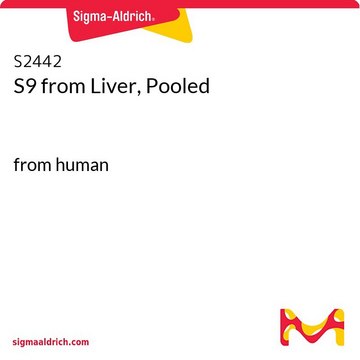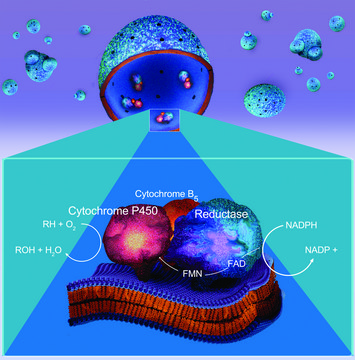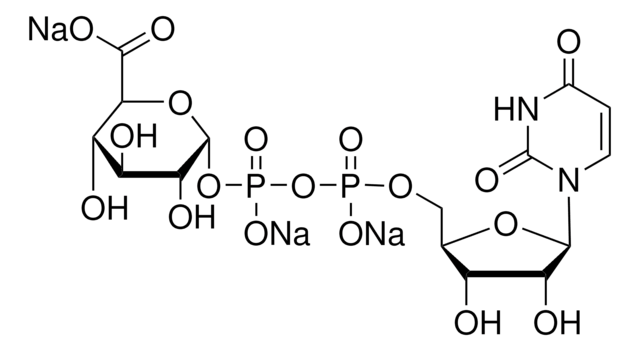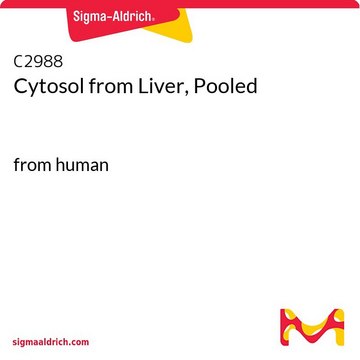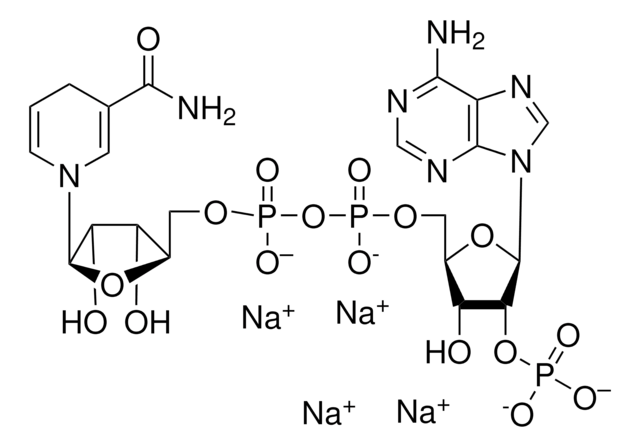M0567
Microsomes from Liver, Pooled
from human male
Synonym(s):
lab equipment accessory
Sign Into View Organizational & Contract Pricing
All Photos(1)
About This Item
UNSPSC Code:
12352204
NACRES:
NA.54
Recommended Products
biological source
human male
Quality Level
form
liquid
packaging
vial of ~10 mg
shipped in
dry ice
storage temp.
−70°C
Looking for similar products? Visit Product Comparison Guide
Application
Microsomes from Liver, Pooled has been used:
- in the glucuronidation kinetics assay to test the effects of herbal extracts on glucuronidation process
- as a human liver microsomes (HLM) matrix for testing metabolic stability of talazoparib using liquid chromatography-tandem mass spectrometry (LC–MS/MS)
- to study the metabolization of enantiomeric peptide D3
Microsomes from liver have been used in a study to assess differences in enzymatic activities between normal rat livers and from liver after partial hepatectomy. They have also been used in a study to investigate the carbon monoxide-binding pigment in liver microsomes.
Biochem/physiol Actions
Liver microsomes are subcellular particles derived from the endoplasmic reticulum of hepatic cells. These microsomes are a rich source of drug metabolizing enzymes, including cytochrome P-450. Microsome pools from various sources are useful in the study of xenobiotic metabolism and drug interactions.
N-glucuronidation of various 1-substituted imidazoles was found to occur in human liver microsomes.
Source of drug metabolizing enzymes, including cytochrome P-450.
Storage Class Code
10 - Combustible liquids
WGK
WGK 3
Flash Point(F)
Not applicable
Flash Point(C)
Not applicable
Regulatory Information
常规特殊物品
Choose from one of the most recent versions:
Already Own This Product?
Find documentation for the products that you have recently purchased in the Document Library.
Ali S Abdelhameed et al.
Drug design, development and therapy, 14, 5259-5273 (2020-12-11)
Ensartinib (ESB) is a novel anaplastic lymphoma kinase inhibitor (ALK) with additional activity against Abelson murine leukemia (ABL), met proto-oncogene (MET), receptor tyrosine kinase (AXL), and v-ros UR2 sarcoma virus oncogene homolog 1 (ROS1) and is considered a safer alternative
Anne Elfgen et al.
European journal of pharmaceutical sciences : official journal of the European Federation for Pharmaceutical Sciences, 107, 203-207 (2017-07-18)
The aggregation of the amyloid β protein (Aβ) plays an important role in the pathology of Alzheimer's disease. Previously, we have developed the all-d-enantiomeric peptide D3, which is able to eliminate neurotoxic Aβ oligomers in vitro and improve cognition in
Ali S Abdelhameed et al.
Royal Society open science, 6(6), 190434-190434 (2019-07-18)
Spebrutinib (SBT) is a Bruton's tyrosine kinase inhibitor. SBT is currently in phase II and phase I clinical trials for the management of rheumatoid arthritis and chronic lymphocytic leukaemia, respectively. We developed and validated a liquid chromatography tandem mass spectrometry
The enzymatic composition of rat liver microsomes during liver regeneration.
von der DECKEN et al.
Experimental cell research, 19, 591-604 (1960-04-01)
The Carbon Monoxide-binding pigment of liver microsomes II. Solubilization, purification and properties.
Omura, T. and Sato, R.
Journal of Biochemistry, 239, 2379-2385 (1964)
Our team of scientists has experience in all areas of research including Life Science, Material Science, Chemical Synthesis, Chromatography, Analytical and many others.
Contact Technical Service
